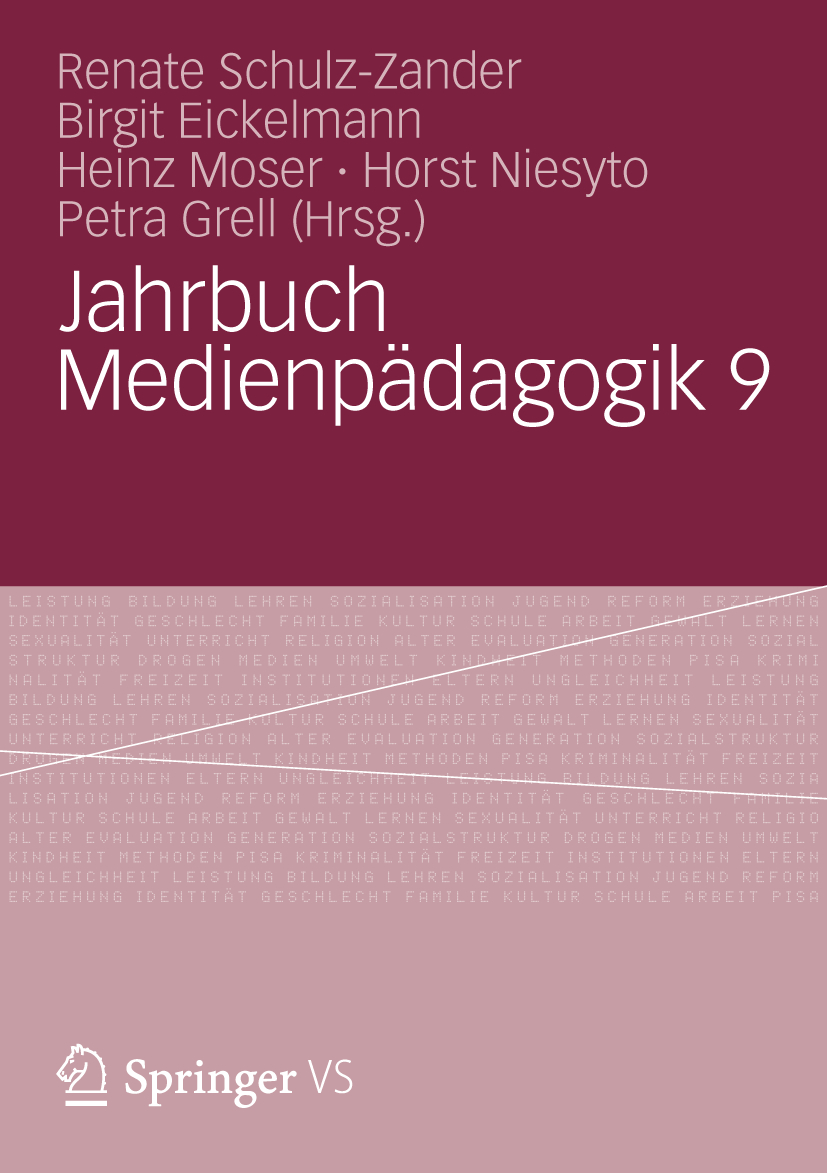Jahrbuch Medienpädagogik 9
, Articles
Mobile Computing At School
Central Challenges Using the Example of a School Trial for the Introduction of Tablet PCs
Articles
Published
2012-03-01
Stefan Welling
ifib: Institut für Informationsmanagement Bremen GmbH, Universität Bremen
Björn Eric Stolpmann
ifib: Institut für Informationsmanagement Bremen GmbH, Universität Bremen
